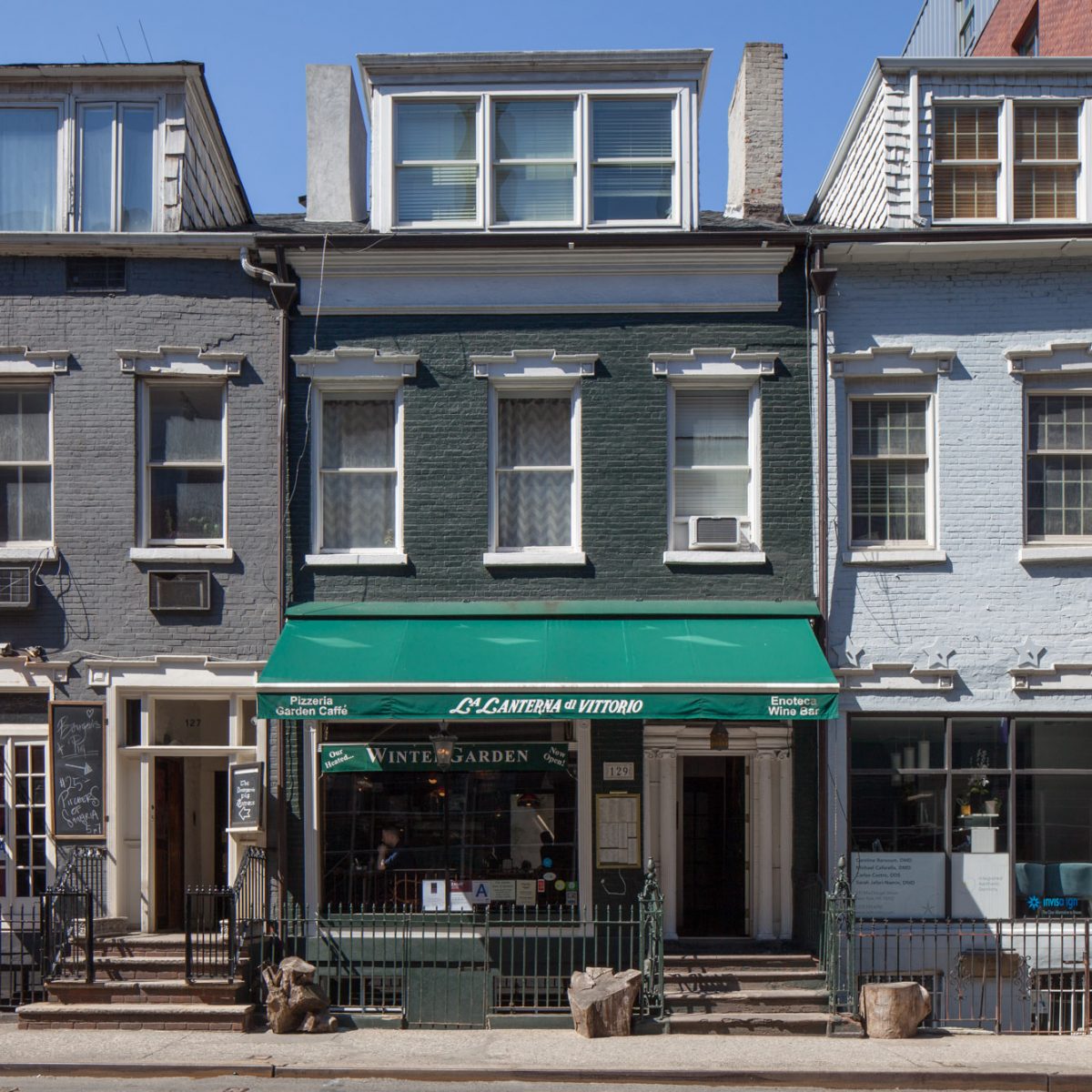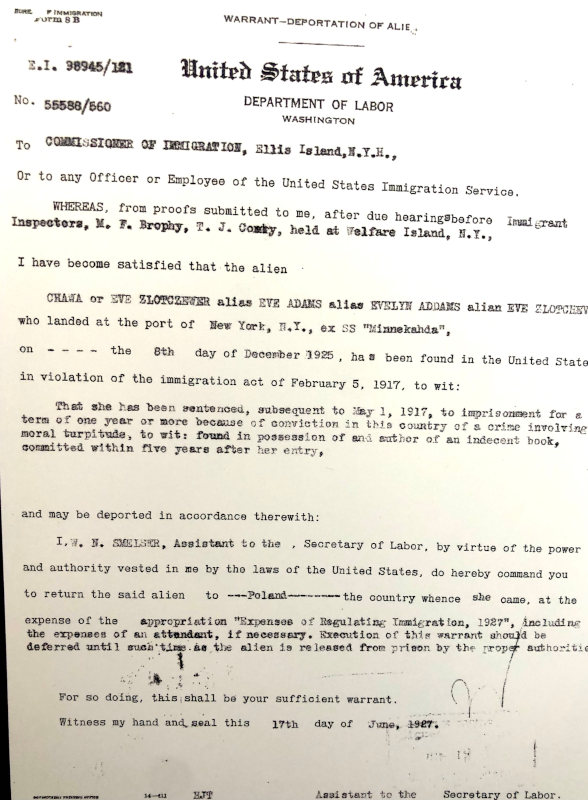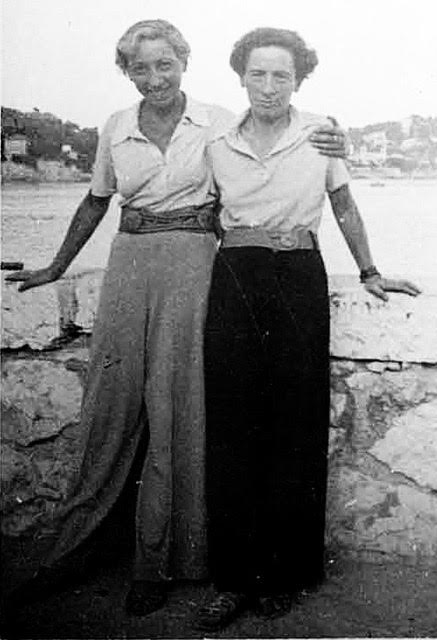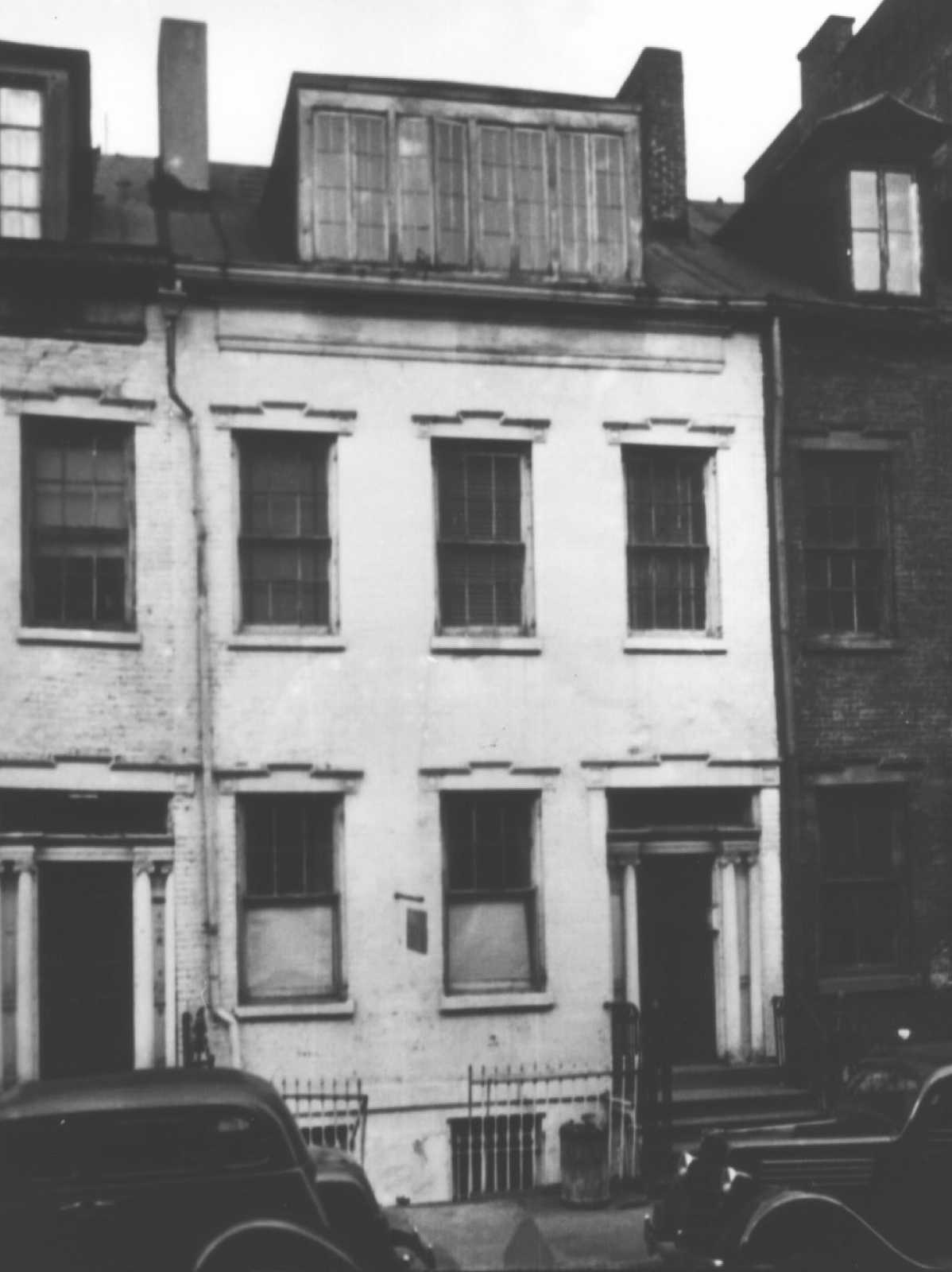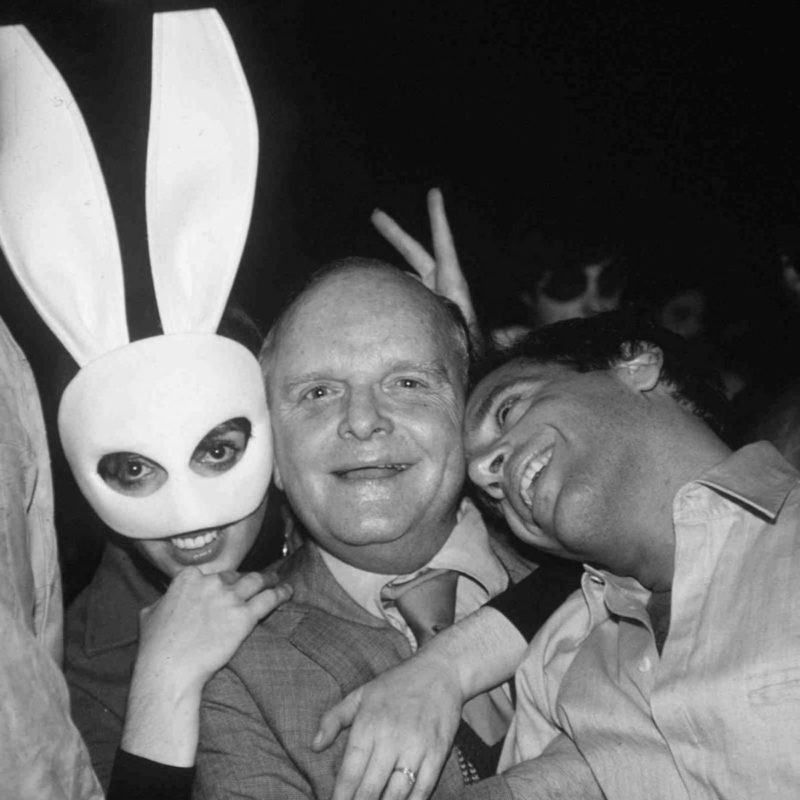overview
Eve Adams, the name adopted by a Polish-Jewish lesbian émigré, operated a popular gay and lesbian tearoom in this rowhouse near Washington Square in Greenwich Village, from 1924 to 1926.
It closed when she was convicted of obscenity and disorderly conduct, which resulted in her deportation. She was eventually murdered at Auschwitz.
History
In the 1910s, the block of MacDougal Street just south of Washington Square emerged as a cultural and social center of Greenwich Village’s Bohemian set, with the Liberal Club, radical feminist Heterodoxy Club, Washington Square Bookshop, and Provincetown Playhouse, a serious amateur theater. By the 1920s, the Village became one of the first neighborhoods in New York that tolerated, and gradually accepted, an open gay and lesbian presence. This block was an important LGBT nucleus, especially after a series of police crackdowns on spots elsewhere in the Village in 1924 and 1925.
Historian George Chauncey discovered one such place on the block, a popular gay and lesbian friendly tearoom located in the basement of 129 MacDougal Street. It was run from the fall of 1924 to 1926 by Eve Adams, the name adopted by a Polish-Jewish émigré whose birth name was Chawa Zloczewer (with Zloczower and other variations). The name of the tearoom was referred to in publications first as “Eve & Ann’s,” then “Eve’s Hangout” and “Eve’s Tea Room.” She lived at this time at 38 Washington Square West (demolished), a block north of the tearoom. Variety, perhaps promoting the stereotype of lesbians as “man-haters,” reported, most likely falsely, that the tearoom entrance had a sign that read “Men are admitted, but not welcome.” Several years after it closed, a Village columnist in 1931 reminisced that Eve’s place was “one of the most delightful hang-outs the Village ever had.”
Adams was born in 1891 in Mlawa, Poland, and immigrated to New York City in 1912. While doing factory work, she fell into a circle of leftists and anarchists in Greenwich Village, which included Emma Goldman and Alexander Berkman. By 1919, as “Eve Adams,” she was travelling around the United States, selling leftist publications. She also came to be noticed and surveilled by the Bureau of Investigation under a young J. Edgar Hoover. In 1922, while living in Chicago, she co-managed a Bohemian tearoom called “The Grey Cottage.”
She returned to New York City in the fall of 1923. In February 1925, Adams published a book named Lesbian Love which historian Jonathan Ned Katz, in his biography The Daring Life and Dangerous Times of Eve Adams, called “the earliest portrait of the lesbian community released in the United States by a lesbian author.” Amidst campaigns to “clean up” Greenwich Village, on-going surveillance, local informants, and entrapment by a policewoman, Adams was arrested on June 17, 1926, at her tearoom. She was tried and convicted in July of obscenity for Lesbian Love, and disorderly conduct for alleged attempted sex with a policewoman. She was sent to the women’s penitentiary on Welfare (now Roosevelt) Island. Her deportation hearings occurred between October 1926 and May 1927. Adams was then deported and sent back to Poland on December 7th of that year, with New York’s Daily News reporting the next day, “The morals of this 35-year-old woman, former Greenwich Village tea room proprietor, were not what this country demands from a would-be citizen, the immigration authorities decided after she spent a year in the workhouse.”
Adams lived in various places in Europe, including Paris, where she became known for selling magazines and “erotic” books not allowed in the U.S. to American tourists. In Paris, she formed a close relationship with Hella Olstein Soldner, a Swiss-Jewish woman. Adams was clearly attracted to her, but no known evidence exists to suggest the married Soldner reciprocated or if she was lesbian or bisexual.
As the Nazis rose to power, Adams recognized the threat and wrote to friends in the U.S. requesting assistance to return to this country. On December 7, 1943, she was arrested at her home in Nazi-occupied Nice, France, and was eventually transported to Auschwitz-Birkenau, the work and extermination camp in Germany, where she was murdered. Soldner, who lived in the same building as Adams, suffered a similar fate.
Entry by Jay Shockley, project director (March 2017; last revised April 2023).
NOTE: Names above in bold indicate LGBT people.
Building Information
- Architect or Builder: Unknown
- Year Built: c. 1828-29
Sources
“Eve Adams Uses One-Way Ticket,” Daily News, December 8, 1927, 16.
George Chauncey, Gay New York: Gender, Urban Culture, and the Making of the Gay Male World, 1890-1940 (New York: Basic Books, 1994)
Jack Kenny, “Modern Eve Adams Driven from Eden,” Daily News, December 7, 1927, 16.
Jay Shockley, 129 MacDougal Street House Designation Report (New York: Landmarks Preservation Commission, 2004).
Jonathan Ned Katz, The Daring Life and Dangerous Times of Eve Adams (Chicago: Chicago Review Press, May 2021).
Jonathan Ned Katz, “Eve Adams Archive,” Outhistory (accessed April 18, 2023), bit.ly/3UPlznV.
“Liberator (N. Y.)—Eve Adams.” Fourth Estate: A Weekly Newspaper for Publishers, Advertisers, Advertising . . . , October 11, 1919, 12, via Jonathan Ned Katz, e-mail to NYC LGBT Historic Sites Project, January 16, 2019.
W. Jake Newsome, Pink Triangle Legacies: Coming Out in the Shadow of the Holocaust (Ithaca: Cornell University Press, 2022), 46.
Do you have more information about this site?
This project is enriched by your participation! Do you have your own images of this site? Or a story to share? Would you like to suggest a different historic site?
